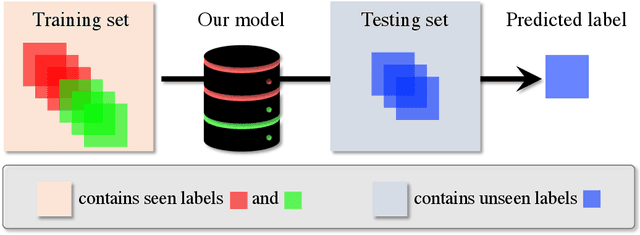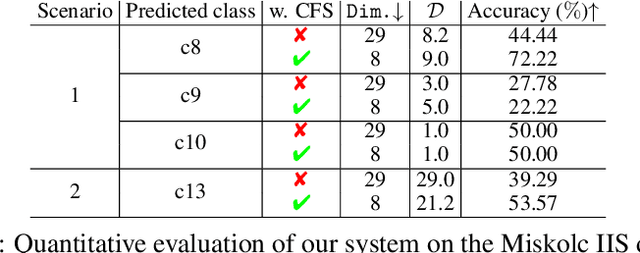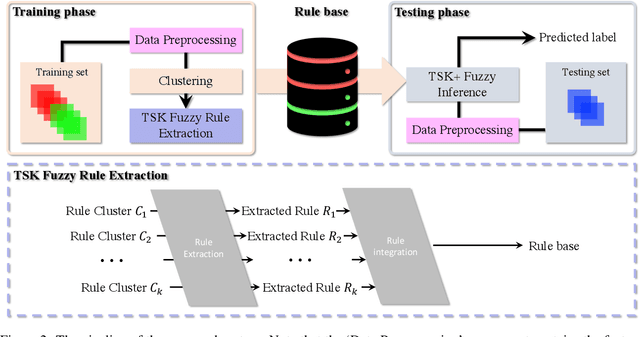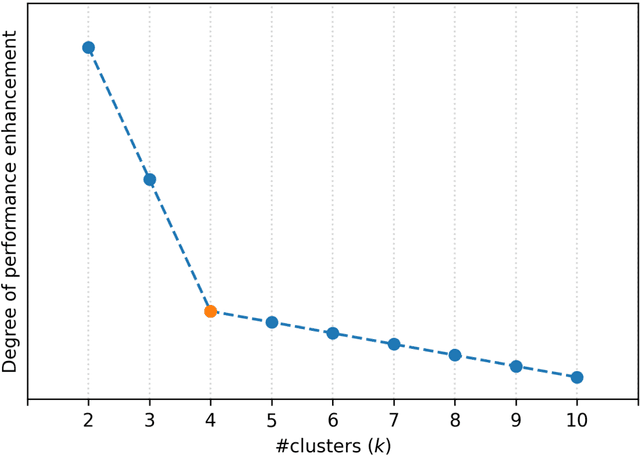Victor Chang
Continual Graph Learning: A Survey
Jan 28, 2023Abstract:Research on continual learning (CL) mainly focuses on data represented in the Euclidean space, while research on graph-structured data is scarce. Furthermore, most graph learning models are tailored for static graphs. However, graphs usually evolve continually in the real world. Catastrophic forgetting also emerges in graph learning models when being trained incrementally. This leads to the need to develop robust, effective and efficient continual graph learning approaches. Continual graph learning (CGL) is an emerging area aiming to realize continual learning on graph-structured data. This survey is written to shed light on this emerging area. It introduces the basic concepts of CGL and highlights two unique challenges brought by graphs. Then it reviews and categorizes recent state-of-the-art approaches, analyzing their strategies to tackle the unique challenges in CGL. Besides, it discusses the main concerns in each family of CGL methods, offering potential solutions. Finally, it explores the open issues and potential applications of CGL.
Seen to Unseen: When Fuzzy Inference System Predicts IoT Device Positioning Labels That Had Not Appeared in Training Phase
Sep 21, 2022



Abstract:Situating at the core of Artificial Intelligence (AI), Machine Learning (ML), and more specifically, Deep Learning (DL) have embraced great success in the past two decades. However, unseen class label prediction is far less explored due to missing classes being invisible in training ML or DL models. In this work, we propose a fuzzy inference system to cope with such a challenge by adopting TSK+ fuzzy inference engine in conjunction with the Curvature-based Feature Selection (CFS) method. The practical feasibility of our system has been evaluated by predicting the positioning labels of networking devices within the realm of the Internet of Things (IoT). Competitive prediction performance confirms the efficiency and efficacy of our system, especially when a large number of continuous class labels are unseen during the model training stage.
 Add to Chrome
Add to Chrome Add to Firefox
Add to Firefox Add to Edge
Add to Edge